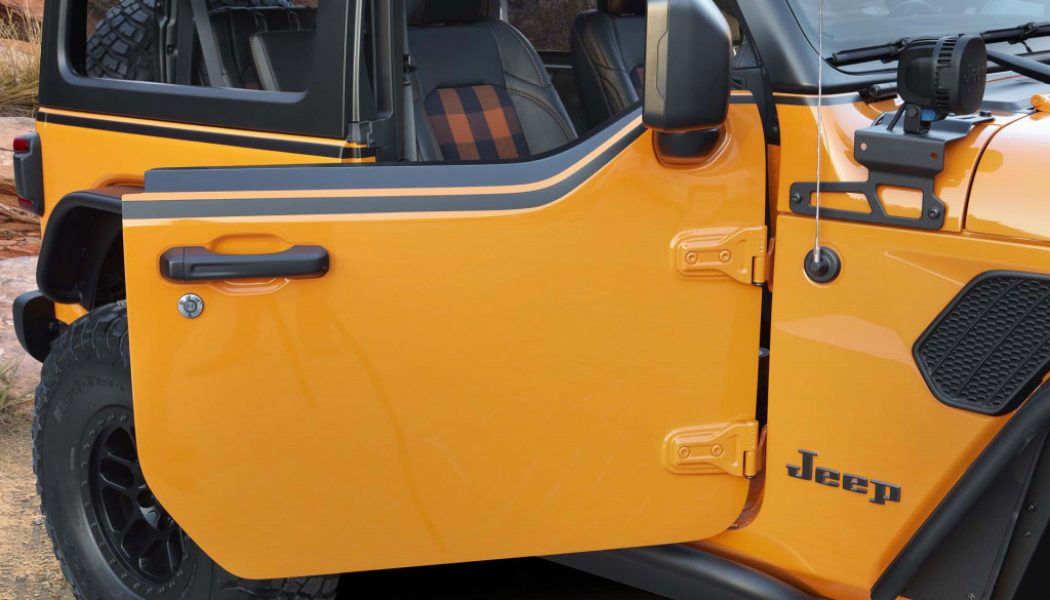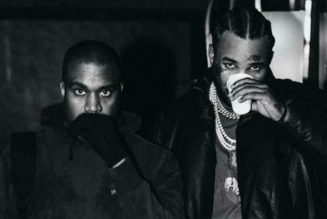It’s noteworthy that the Jeepster Beach concept, one of Jeep’s one-off creations revealed at the 2021 Easter Jeep Safari, produces mega power out of its turbocharged 2.0-liter I-4 powerplant. The concept’s forced-induction four-banger churns out a staggering 340 hp and 369 lb-ft of torque, an impressive boost of about 25 percent (70 hp and 74 lb-ft of torque) above the 2.0-liter’s production rating of 270 hp and 295 lb-ft of torque.
- Mercedes-AMG: 416 hp, 369 lb-ft
- Volvo: 415 hp and 494 lb-ft (supercharged with e-motors)
- BMW: 322 hp and 369 lb-ft (with e-motor)
- Honda: 306 hp and 295 lb-ft
- Ariel: 300 hp and 240 lb-ft (supercharged)
- Jaguar: 296 hp and 295 lb-ft
- Audi: 292 hp and 280 lb-ft
- Mistubishi: 291 hp and 300 lb-ft
The good news is that these hopped-up numbers prove that lil’ four-cylinder engines can pack an impressive punch. The bad news is that Jeep attained these numbers using a one-off custom SRT tune that it will not make available to the general public. What engines are capable of and what the production versions are rated for are two different things, as vehicle makers have to take into account all sorts of factors like longevity, strain on other systems, regulations, and so on.
Although it’s unlikely to achieve these types of numbers without a bunch of work and a bit of risk, there are some performance options for Jeep’s 2.0-liter. For example: Mishimoto and aFe make performance intakes; Superchips, aFe, DiabloSport, and RaceChip have tuners; and Borla, Gibson, aFe, and Magnaflow provide exhaust systems. When choosing performance parts wisely, four-bangers manage some impressive horsepower per liter and can outperform larger-displacement six-cylinder and eight-cylinder engines.
Maybe there is a replacement for displacement, after all.










